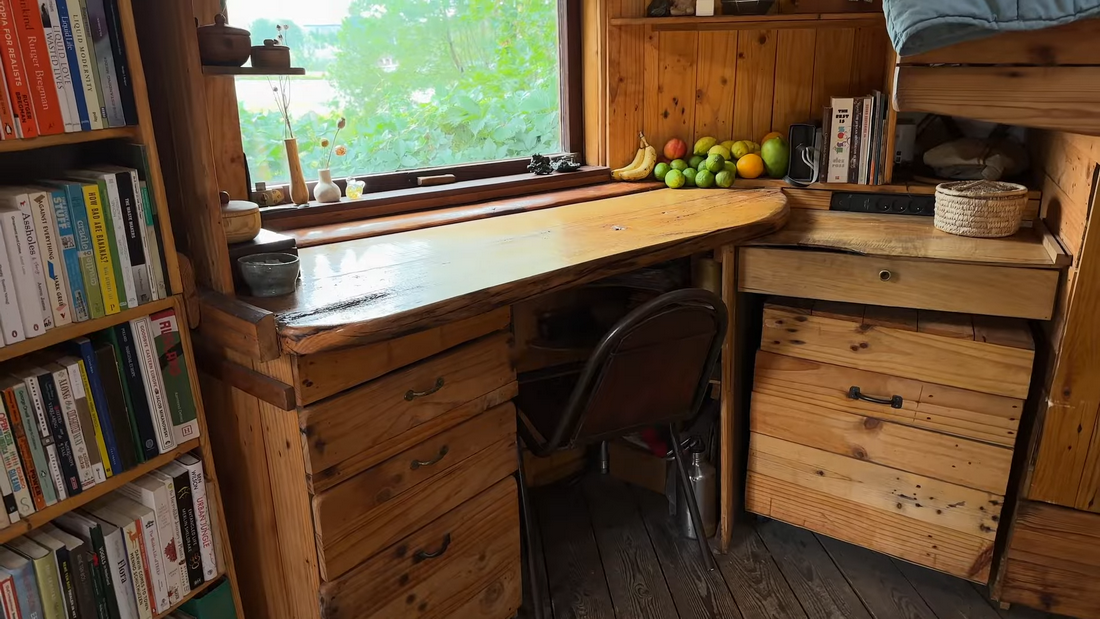Yurts, traditional portable round tents used by nomadic cultures in Central Asia, are gaining traction in modern living for their blend of simplicity and sustainability.
As contemporary lifestyles increasingly value eco-friendliness and connection with nature, yurts offer an appealing alternative to conventional housing.
Modern Adaptations of Yurts
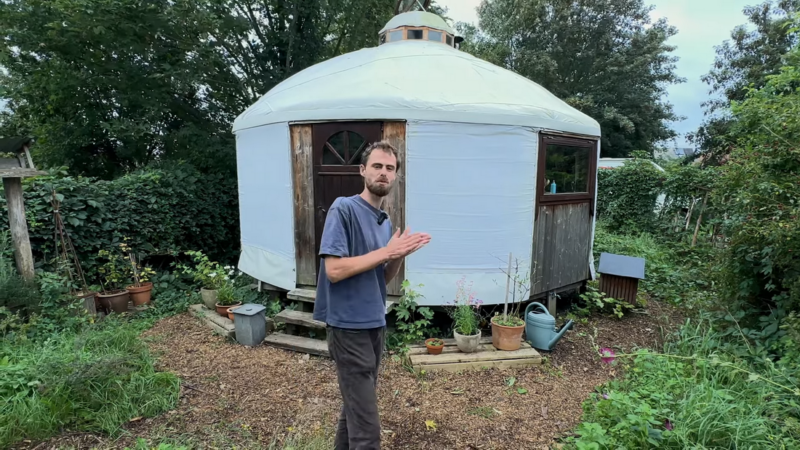
Yurts have transitioned from their traditional roots to contemporary use through the inclusion of modern materials and construction techniques.
Historically, they were made from:
- Wood
- Felt
- Fabric
But today’s variant often feature advanced materials like:
- Engineered wood
- Steel tension cables
- Weather-resistant fabrics
Key figures such as William Coperthwaite, who emphasized simplicity and self-reliance, and companies like Pacific Yurts, have been instrumental in popularizing yurts in the U.S.
These modern yurts retain the traditional circular design but are adapted to meet contemporary standards, offering:
- Improved insulation
- Structural stability
- Ability to include modern amenities
Advantages of Yurt Living
Now let us take a look at the advantages of living in a yurt.
Sustainability
Yurts are celebrated for their sustainability, utilizing natural and sustainable materials like wood and fabric.
Their design promotes energy efficiency through natural insulation, reducing the need for artificial:
- Heating
- Cooling
Eco-friendly features, such as the use of solar panels and composting toilets, further enhance their green credentials.
This focus on sustainability aligns with the growing trend towards environmentally conscious living, making them an appealing choice for those committed to reducing their ecological footprint.
Affordability
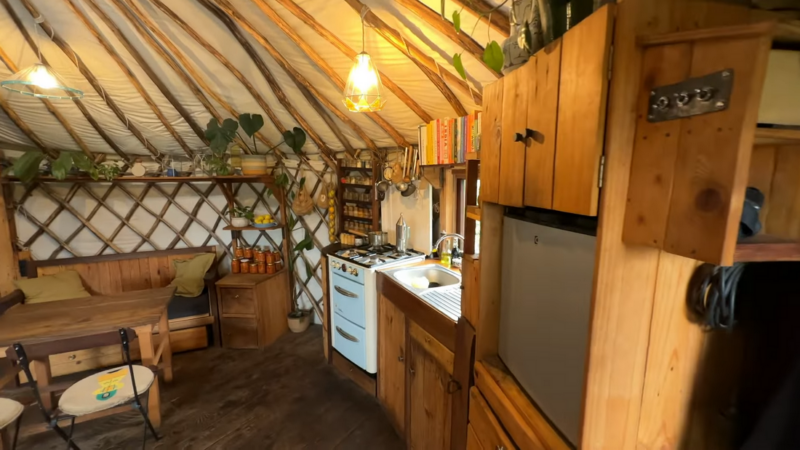
Compared to traditional housing, they are significantly more affordable, both in initial construction and ongoing maintenance costs.
The simpler materials and construction techniques reduce upfront expenses, while their energy-efficient design lowers utility bills.
The financial benefits, combined with the unique living experience, contribute to the rising popularity of yurt living.
Customization and Amenities
Modern yurts offer a high degree of customization, with various design options and floor plans to suit different tastes and needs.
They can be equipped with amenities like kitchens, bathrooms, and luxurious interiors, providing the comforts of a traditional home in a unique setting.
The ability to tailor them to individual preferences enhances their appeal, offering a bespoke living experience that few other housing options can match.
Connection with Nature
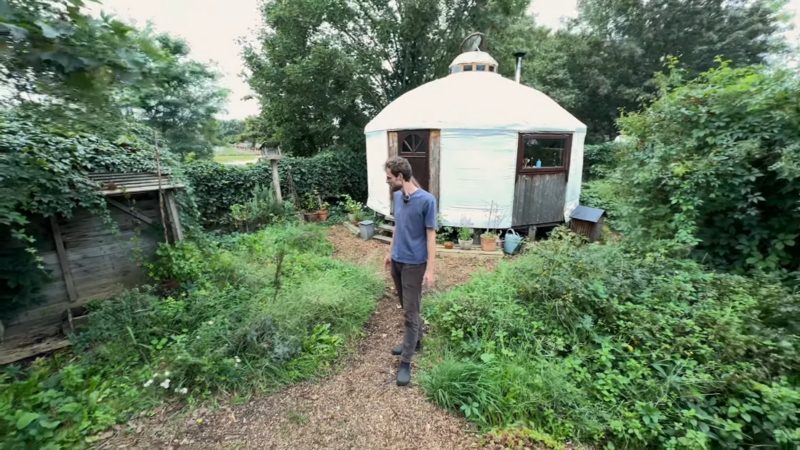
Yurts foster a strong connection with nature, thanks to their circular design and integration with natural surroundings.
Large windows and skylights maximize natural light, creating a bright and airy interior while reducing the need for artificial lighting.
The addition of outdoor living spaces, such as decks and patios, extends the living area into the natural environment, encouraging a harmonious lifestyle.
This close connection with nature offers numerous health benefits, including improved mood and reduced stress.
Portability and Durability
One of the standout features is their portability and durability.
They can be easily assembled and disassembled, making relocation straightforward and convenient.
Additionally, yurts are designed to withstand diverse climatic conditions, from harsh winters to hot summers, ensuring a comfortable living environment year-round.
The combination of portability and resilience makes yurts a versatile housing solution suitable for various needs and lifestyles.
Now let us talk about some of the modern uses.
Glamping and Tourism
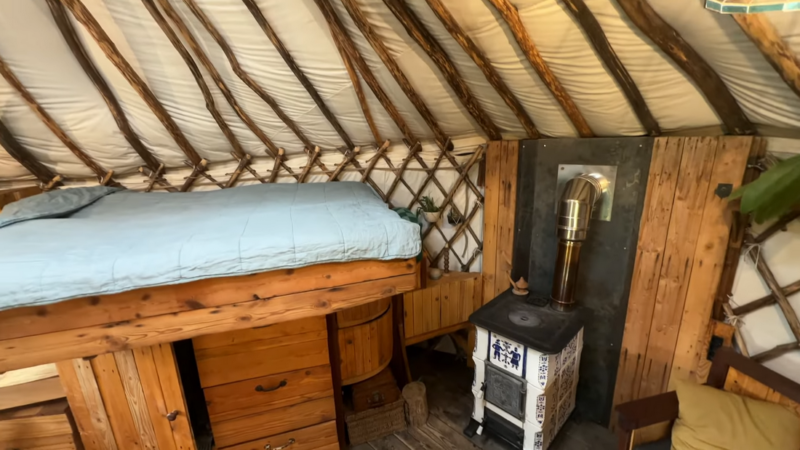
Yurts have become a popular choice in the glamping industry, offering a unique and comfortable way to experience nature.
Examples of yurt accommodations can be found in scenic locations worldwide, from forests and mountains to coastal areas, attracting tourists looking for a distinctive and eco-friendly getaway.
The rise of glamping has significantly contributed to the renewed interest in yurts, showcasing their versatility and appeal.
Permanent Housing
Many families and individuals are adopting yurts as permanent residences, drawn by:
- Affordability
- Sustainability
- Connection with nature
Case studies highlight the diverse ways people are including them into their lives, from off-grid homesteads to urban backyards.
The growing trend of these as permanent housing reflects a shift towards more sustainable and mindful living practices, appealing to those looking to reduce their environmental impact and live more consciously.
Educational and Recreational Spaces
Yurts are increasingly utilized in schools and community centers for educational and recreational purposes.
Their open, circular design fosters a sense of community and inclusivity, making them ideal for group activities and experiential learning.
Yurts are used for classrooms, meeting spaces, and workshops, providing a versatile environment that enhances learning and creativity.
Recreational uses include yoga studios, meditation centers, and art spaces, where the serene and natural setting of a yurt contributes to a peaceful and focused atmosphere.
The adaptability of yurts makes them a valuable asset for educational and community-based organizations.
Emergency and Transitional Housing
In disaster relief and temporary housing situations, they offer a practical and efficient solution.
Their ease of assembly and portability make them ideal for providing quick shelter in emergencies.
Organizations worldwide utilize it for transitional housing, offering a stable and comfortable living space for those displaced by natural disasters or other crises.
The durability and cost-effectiveness of yurts make them a reliable option for addressing urgent housing needs, providing a sense of security and stability during challenging times.
The Bottom Line
Yurts combine sustainability, affordability, and a unique living experience, making them increasingly popular in modern living.
Their versatility and connection with nature offer a compelling alternative to traditional housing.

